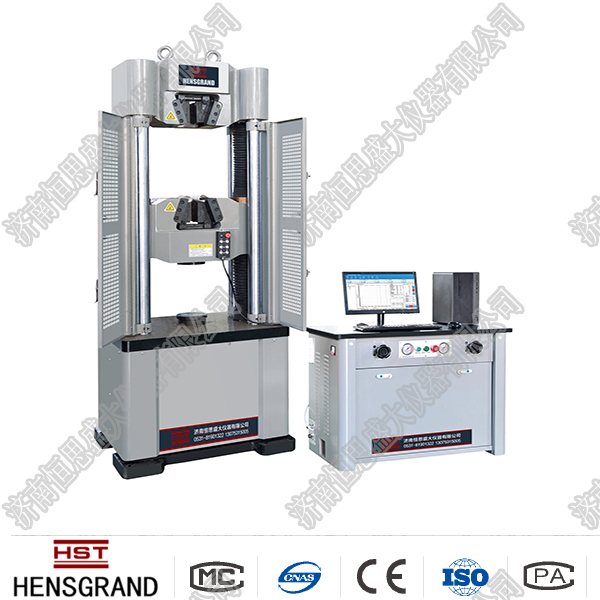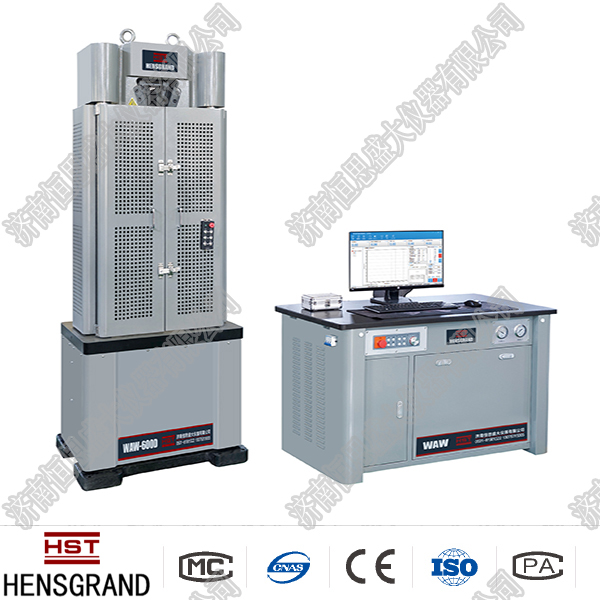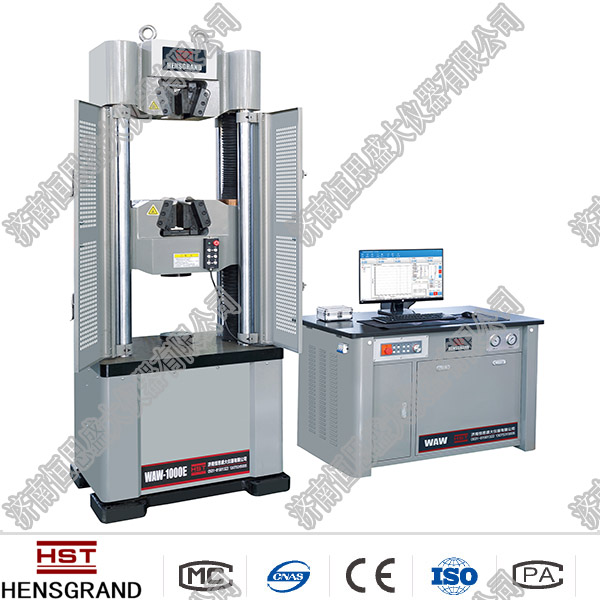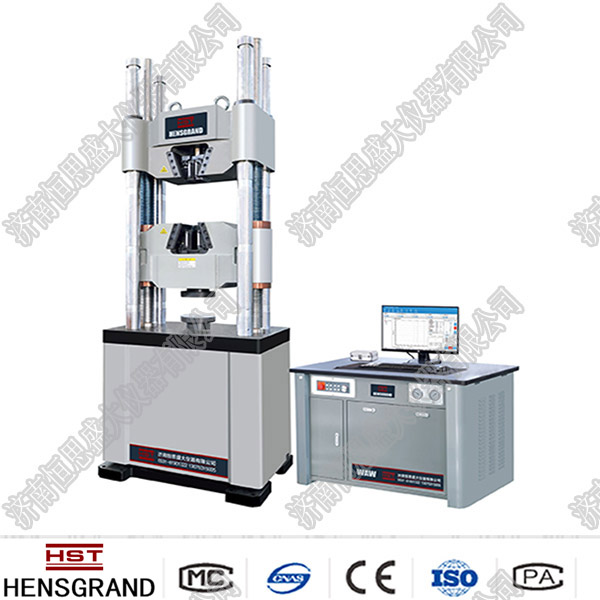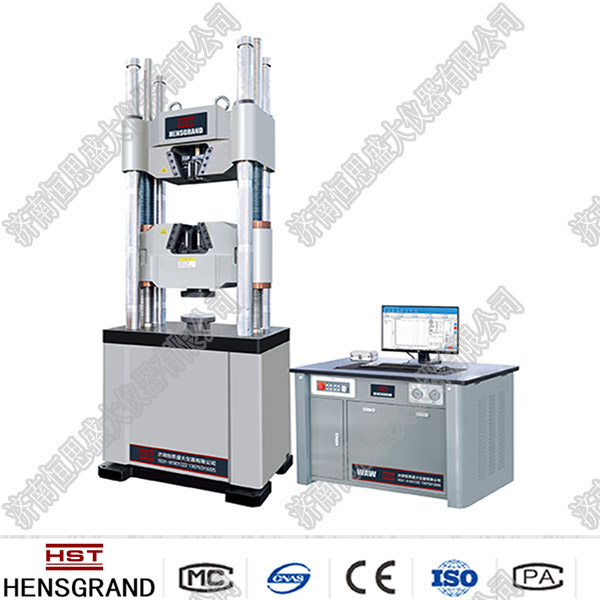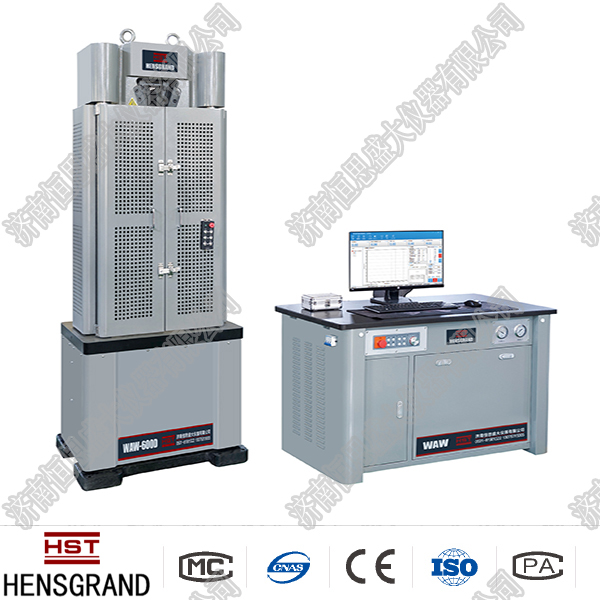News
Research and development trends of spring test machines
Release time:2022-09-02 source:Jinan Hengsi Shanda Instrument Co., Ltd. Browse:
Research and development trends of spring test machines The production of spring test machines in my country has a history of fifty years. This article discusses the development status of domestic spring test machines based on our factory products. Most of the early spring test machines were leading in mechanical transmission and simulation measurement, and the improvement of accuracy was limited. In recent years, with the development of science and technology, we have absorbed advanced domestic and foreign technologies and cooperated with many colleges and universities. We have established low, medium and high-end tiers, and have also moved from the original single tension test to multiple test characteristics tests. Six different detection methods have been developed, including static tension pressure, static torsion, high-frequency tension pressure fatigue, low-frequency tension pressure fatigue, torsion fatigue, online detection, etc.: six different loading methods such as mechanical, electronic, electromagnetic, electro-hydraulic, electrical, and electro-hydraulic servo; more than 170 products with different specifications of 1N-500KN.
1. Classification of spring test machines The spring test machines are classified according to the characteristics that can be completed as follows: Vertical clamping: singular explicit even-number fully automatic microcomputer control torsion horizontal clamping: even-number explicit singular explicit fully automatic microcomputer control torsional pressure disc type singular explicit even-number fully automatic microcomputer control static characteristics test sorting load sorting height sorting composite sorting high frequency fatigue pulling pressure fatigue low frequency fatigue mechanical electro-hydraulic servo torsion fatigue 2. Use and development trend of spring tension test machines for small and medium loads 2.1 Current status of spring tension testing machines. This type of testing equipment was mostly manual loading, analog or singular. In the past decade, even-digital display testing equipment has become the mainstream equipment. This is because: 1) Even-digital experimental testing machines use high-precision load sensors, displacement sensors, high-precision amplifiers and other measurement components due to the test force and displacement. The resolution is high, which overcomes the reading error of the human eye and has high measurement accuracy. 2) Using computer technology can measure the test force and displacement parameters in detail. Test parameters can be set in advance to improve the degree of automation and data accuracy; test parameters can also be saved for the next test without repeated input; certain data can be calculated and the test data can be printed. For example: During the test, the TLS-S10001 can set the compression (pull) of the compression (or tensile) spring to the high (length) or compression (stretch) deformation amount respectively, automatically collect the corresponding test force, store it in a microcontroller, and after calculating the segmented stiffness, free height, initial tension, and determining whether the spring is qualified, the test data will be automatically printed out, and the stored test data can also be queried. 2.2 Development trend of spring tester The primary requirement of small load springs, especially high-stiff precision springs, is the high test accuracy of the equipment, because slight changes in displacement will cause a large change in the test force. It is easy to ensure the test accuracy of the test force, but ensuring the accuracy of the displacement of another parameter of the spring tester is the key to ensuring the spring test accuracy and the standard for judging the accuracy of the spring tester. Therefore, more and more users regard the accuracy of displacement testing as a standard for measuring the level of the test machine. In the national standards of spring test machines, the requirements for displacement accuracy are very low and cannot meet the requirements of high-stiff precision springs. Therefore, for test machine manufacturers, the displacement test accuracy must be improved to meet the requirements of users. There are many factors that affect the accuracy of displacement testing, such as detection methods, machine structure, machine stiffness, pressure plate parallelism, measurement components, materials, and load sensor displacement and sinking, etc. As long as these factors are overcome, the guarantee of displacement accuracy is not a problem. Our company's spring testing machine tests the displacement strictly in accordance with Japanese standards, which can ensure that the test force of the spring is basically consistent in different places on the pressure plate, and ensure that no load can cause the displacement of the load sensor to sink within the full scale range of the test force.
- Previous article:Working principle of anchor chain tension testing machine
- Next article:Daily maintenance of test machines
Recommended productsPRODUCTS


















